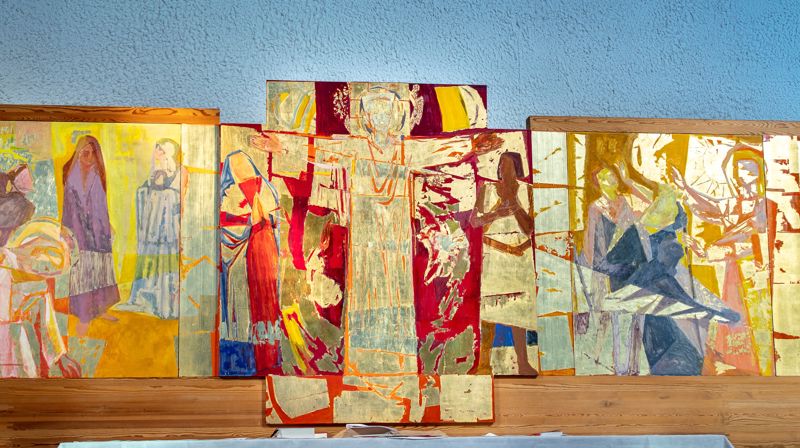Church attendance
An average of 58 percent (2015) of infants are baptised in the Church of Norway and 61,5 percent (2015) of the young people are confirmed. Close to 40 percent of weddings take place in church, and the great majority of funerals (90 % in 2015) are church funerals.
A religious service, normally including the Eucharist, is held each Sunday in churches in towns and densely populated areas. In rural districts services may be less frequent, as pastors in widespread parishes often have to serve several churches and chapels.
Church attendance figures declined markedly between 1850 and 1900, but now they vary a great deal. Average attendance is about 100 persons per service, corresponding to 3 percent of the population.
There are 1,600 Church of Norway churches and chapels. Parish work is led by a pastor and an elected parish council. The country is geographically divided into 1,205 parishes, 106 deaneries and rural deaneries and 11 dioceses. The members of elected parish councils total around 8,000.
There are more than 1,200 clergy, of whom around 25 per cent are women (ordained since 1961). Four of twelve bishops are women (2015).
Church structure and leadership
The Church of Norway General Synod meets annually. The Synod consists of the members of the diocesan councils, as well as representatives from the Sami Church Council. A majority of the 116 delegates are lay people.
The Church of Norway National Council, led by a lay person, is the Synod's executive body. The Council on Ecumenical and International Relations is the executive in international and ecumenical matters. The Sami Church Council is responsible for the Church of Norway work among Norway’s indigenous Sámi people.
On 21 May, 2012, the Norwegian Parliament passed a constitutional amendment that granted the Church of Norway increased autonomy. The decision loosens historical ties between the State and the Church of Norway, considered a state church since the 16th century. Following the constitutional amendment, a new Church Law is currently being developed.

